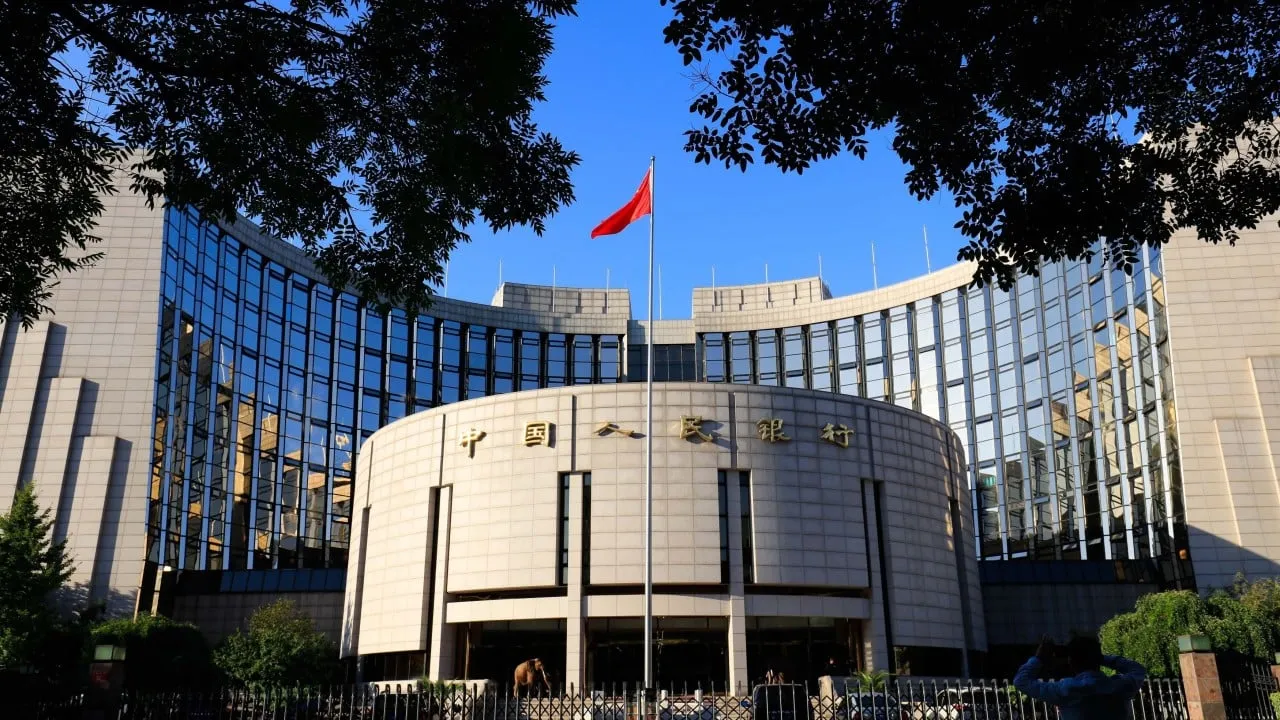Goldman Sachs Analyzes China's 2024 Stimulus Package and Economic Outlook

Goldman Sachs Examines China’s 2024 Stimulus Package
As China embarks on a bold economic strategy in 2024, Goldman Sachs evaluates the implications of this landmark stimulus package. With plans totaling approximately 7.5 trillion yuan (around US$1.07 trillion), this stimulus could become the largest in nominal terms in China's history.
Context of the Stimulus Package
In a bid to revitalize a struggling property sector and enhance consumption, Chinese leaders called upon the Communist Party to support these measures. The total stimulus reflects a significant fiscal commitment, including a 2.5 trillion yuan cut in mortgage-debt servicing designed to support households.
- Investment banks highlight the potential for major economic shifts.
- Deutsche Bank notes this stimulus package is pivotal in strengthening the financial markets.
- Historically, such measures have had profound effects on economic activity.
Comparative Analysis of Previous Stimulus Efforts
The 2024 stimulus package is set to exceed those from 2015 during the stock market crisis and the Covid-19 rescue package launched in 2020, as noted by Deutsche Bank. The economic context also remains critical, with the Politburo's upcoming meetings expected to address economic policies further.
- 2008 Financial Crisis - Highest GDP percentage impact.
- 2015 Stock Market Turmoil - Response via monetary easing.
- Pandemic Relief in 2020 - Direct support to stabilize the economy.
With ongoing anticipation for government decisions, the US presidential election on November 5 may also influence upcoming policies and government bond quotas.
This article was prepared using information from open sources in accordance with the principles of Ethical Policy. The editorial team is not responsible for absolute accuracy, as it relies on data from the sources referenced.